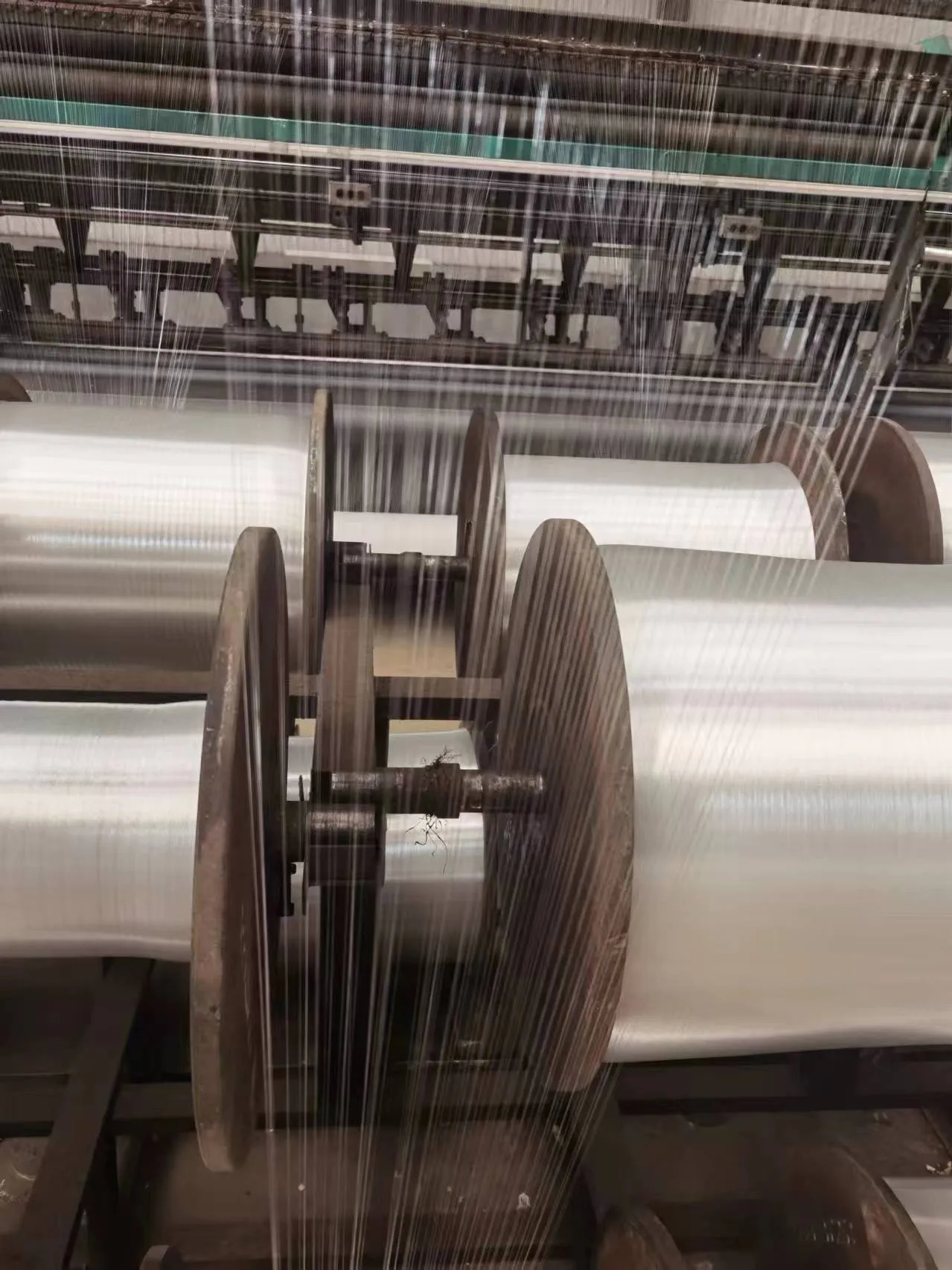-
 Afrikaans
Afrikaans -
 Albanian
Albanian -
 Amharic
Amharic -
 Arabic
Arabic -
 Armenian
Armenian -
 Azerbaijani
Azerbaijani -
 Basque
Basque -
 Belarusian
Belarusian -
 Bengali
Bengali -
 Bosnian
Bosnian -
 Bulgarian
Bulgarian -
 Catalan
Catalan -
 Cebuano
Cebuano -
 China
China -
 Corsican
Corsican -
 Croatian
Croatian -
 Czech
Czech -
 Danish
Danish -
 Dutch
Dutch -
 English
English -
 Esperanto
Esperanto -
 Estonian
Estonian -
 Finnish
Finnish -
 French
French -
 Frisian
Frisian -
 Galician
Galician -
 Georgian
Georgian -
 German
German -
 Greek
Greek -
 Gujarati
Gujarati -
 Haitian Creole
Haitian Creole -
 hausa
hausa -
 hawaiian
hawaiian -
 Hebrew
Hebrew -
 Hindi
Hindi -
 Miao
Miao -
 Hungarian
Hungarian -
 Icelandic
Icelandic -
 igbo
igbo -
 Indonesian
Indonesian -
 irish
irish -
 Italian
Italian -
 Japanese
Japanese -
 Javanese
Javanese -
 Kannada
Kannada -
 kazakh
kazakh -
 Khmer
Khmer -
 Rwandese
Rwandese -
 Korean
Korean -
 Kurdish
Kurdish -
 Kyrgyz
Kyrgyz -
 Lao
Lao -
 Latin
Latin -
 Latvian
Latvian -
 Lithuanian
Lithuanian -
 Luxembourgish
Luxembourgish -
 Macedonian
Macedonian -
 Malgashi
Malgashi -
 Malay
Malay -
 Malayalam
Malayalam -
 Maltese
Maltese -
 Maori
Maori -
 Marathi
Marathi -
 Mongolian
Mongolian -
 Myanmar
Myanmar -
 Nepali
Nepali -
 Norwegian
Norwegian -
 Norwegian
Norwegian -
 Occitan
Occitan -
 Pashto
Pashto -
 Persian
Persian -
 Polish
Polish -
 Portuguese
Portuguese -
 Punjabi
Punjabi -
 Romanian
Romanian -
 Russian
Russian -
 Samoan
Samoan -
 Scottish Gaelic
Scottish Gaelic -
 Serbian
Serbian -
 Sesotho
Sesotho -
 Shona
Shona -
 Sindhi
Sindhi -
 Sinhala
Sinhala -
 Slovak
Slovak -
 Slovenian
Slovenian -
 Somali
Somali -
 Spanish
Spanish -
 Sundanese
Sundanese -
 Swahili
Swahili -
 Swedish
Swedish -
 Tagalog
Tagalog -
 Tajik
Tajik -
 Tamil
Tamil -
 Tatar
Tatar -
 Telugu
Telugu -
 Thai
Thai -
 Turkish
Turkish -
 Turkmen
Turkmen -
 Ukrainian
Ukrainian -
 Urdu
Urdu -
 Uighur
Uighur -
 Uzbek
Uzbek -
 Vietnamese
Vietnamese -
 Welsh
Welsh -
 Bantu
Bantu -
 Yiddish
Yiddish -
 Yoruba
Yoruba -
 Zulu
Zulu
anti bird net for agriculture
The Importance of Anti-Bird Nets in Agriculture
Birds are an integral part of our ecosystem; however, their presence in agricultural fields can often spell disaster for farmers. As crops ripen and become more susceptible to foraging, birds can cause significant damage, leading to decreased yields and economic loss. This is where anti-bird nets come into play, providing a practical solution to a persistent problem in the agricultural sector.
The Problem of Bird Damage
Birds such as starlings, sparrows, and crows can devastate crops, consuming fruits, seeds, and grains. For instance, a flock of starlings can strip a field of ripe cherries in a matter of hours, often leading to losses that farmers cannot afford. Beyond immediate consumption, birds can also introduce pathogens to crops, compounding the risks associated with their presence. These challenges necessitate effective management strategies to protect agricultural produce.
What Are Anti-Bird Nets?
Anti-bird nets are specially designed mesh coverings that prevent birds from accessing crops while allowing sunlight, rain, and air to reach the plants. Available in various sizes and mesh densities, these nets come in different materials, including polypropylene, polyethylene, and nylon. Their primary function is to create a physical barrier, deterring birds from feeding on vulnerable crops and thus safeguarding farmers' investments.
Benefits of Using Anti-Bird Nets
1. Crop Protection The most obvious advantage of anti-bird nets is the protection they offer. By reducing the likelihood of bird interference, farmers can expect higher crop yields and better quality produce. This benefit is particularly vital for fruit orchards, vineyards, and vegetable gardens, where birds can be especially destructive.
anti bird net for agriculture

2. Pesticide Reduction With effective bird management, farmers can reduce their reliance on chemical pesticides and other deterrents. This shift not only leads to a cleaner, healthier environment but also appeals to consumers who are increasingly concerned about the chemicals used in food production.
3. Cost-Effectiveness While the initial investment in anti-bird nets may seem significant, the long-term savings are substantial. By preventing crop losses, farmers can recover their costs and increase profitability. Additionally, these nets often have a long lifespan and require minimal maintenance, further enhancing their cost-effectiveness.
4. Ease of Use Installing anti-bird nets is a straightforward process. They can be draped over crops, secured to posts, or fitted into frames, ensuring that farmers can set them up efficiently. This flexibility makes them suitable for various agricultural settings, from small gardens to large commercial farms.
Implementation Strategies
To maximize the effectiveness of anti-bird nets, farmers should consider several factors. First, it is essential to select the right type of net based on the specific bird species prevalent in the area and the crops being grown. Additionally, nets should be installed before the crops become attractive to birds, ideally before harvest season begins.
Regular inspection is also crucial. Nets can be damaged by weather events or animal interactions, and timely repairs will ensure continued protection. Lastly, combining net usage with other management practices, such as scare tactics or habitat modifications, can further enhance overall effectiveness.
Conclusion
In conclusion, anti-bird nets are a vital tool in modern agriculture, addressing the significant challenge of bird damage in a sustainable and effective manner. By investing in these protective barriers, farmers can secure their crops, reduce chemical use, and ultimately enhance their productivity and profitability. As the agricultural sector continues to evolve, incorporating innovative solutions like anti-bird nets will be essential for ensuring food security and promoting environmentally friendly farming practices.
-
Shipping Plastic Bags for Every NeedNewsJul.24,2025
-
Safety Netting: Your Shield in ConstructionNewsJul.24,2025
-
Plastic Mesh Netting for Everyday UseNewsJul.24,2025
-
Nylon Netting for Every UseNewsJul.24,2025
-
Mesh Breeder Box for Fish TanksNewsJul.24,2025
-
Expanded Steel Mesh Offers Durable VersatilityNewsJul.24,2025











